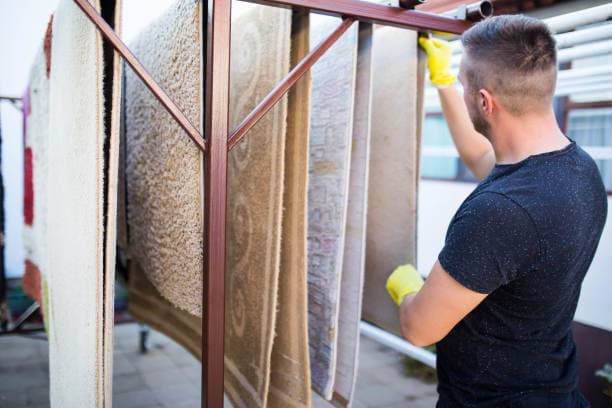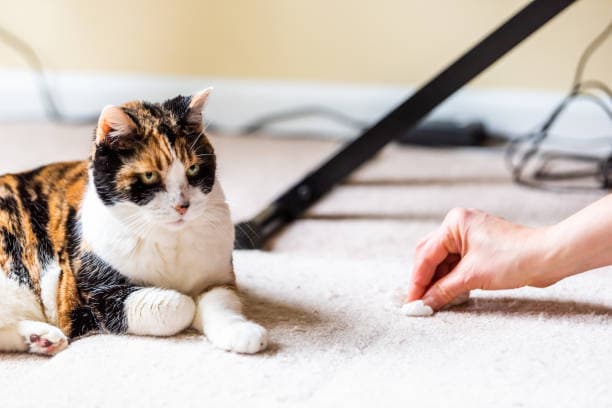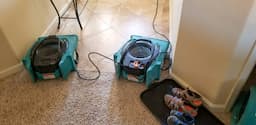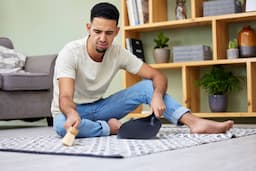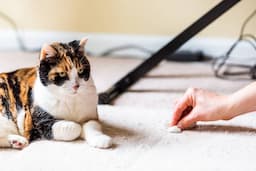Carpets are an essential part of homes and businesses, offering comfort and enhancing aesthetics. However, when carpets get wet due to spills, flooding, or cleaning, drying them quickly is crucial to prevent mold growth, bad odors, and structural damage. This article explores the best methods to dry carpets effectively and efficiently.
Why Quick Carpet Drying is Important
- Prevents Mold & Mildew: Damp carpets create an ideal environment for mold growth, which can cause health issues.
- Avoids Bad Odors: Wet carpets can develop musty smells that are hard to remove.
- Prevents Structural Damage: Moisture can weaken carpet fibers and damage the flooring underneath.
- Reduces Downtime: For businesses, fast carpet drying means a quicker return to normal operations.
Fast & Effective Carpet Drying Methods
1. Use Fans and Air Movers
One of the fastest ways to dry a carpet is by increasing airflow using fans and air movers. Position high-speed fans around the affected area to promote evaporation.
Steps:
- Place multiple fans at different angles for optimal airflow.
- Keep windows open (if weather permits) to improve ventilation.
- Use oscillating fans for even drying.
2. Dehumidifiers for Moisture Removal
Dehumidifiers help remove excess moisture from the air, speeding up the drying process.
Steps:
- Place the dehumidifier in the room where the carpet is wet.
- Keep doors and windows closed to maximize efficiency.
- Empty the dehumidifier’s water reservoir frequently.
3. Utilize Wet/Dry Vacuum Cleaners
A wet/dry vacuum can extract large amounts of water from the carpet quickly, making drying more efficient.
Steps:
- Use the vacuum in slow, overlapping passes to remove as much water as possible.
- Repeat the process until minimal moisture remains.
- Follow up with fans and dehumidifiers for complete drying.
4. Towels and Absorbent Materials
For smaller wet areas, using towels or absorbent cloths can help soak up excess moisture.
Steps:
- Lay dry towels over the wet carpet.
- Press down firmly or step on the towels to absorb water.
- Replace towels as they become damp.
5. Steam Cleaning for Controlled Drying
Using a steam cleaner with a low-moisture setting can help extract water while sanitizing the carpet.
Steps:
- Choose a steam cleaner with strong suction power.
- Avoid over-wetting the carpet during the process.
- Use fans afterward to speed up drying.
6. Baking Soda or Kitty Litter for Moisture Absorption
Both baking soda and kitty litter can absorb excess moisture from carpets effectively.
Steps:
- Sprinkle a generous amount over the wet area.
- Let it sit for several hours to absorb moisture.
- Vacuum thoroughly to remove all residue.
7. Professional Carpet Drying Services
For extensive water damage, professional carpet drying services use industrial equipment to extract water and dry carpets efficiently.
When to Call a Professional:
- If the carpet has been wet for more than 24 hours.
- If mold or mildew is visible.
- If the water damage is due to flooding or sewage leaks.
Additional Tips for Faster Carpet Drying
- Increase Room Temperature: Warm air promotes evaporation.
- Lift the Carpet Edges: If possible, lift the edges of the carpet to allow air circulation underneath.
- Use a Hair Dryer or Heat Gun: For small damp areas, a hair dryer on low heat can speed up drying.
- Replace Carpet Padding if Needed: If the padding underneath is soaked, replacing it may be necessary to prevent mold growth.
Conclusion
Drying carpets quickly is essential to maintain hygiene, prevent damage, and extend their lifespan. By using a combination of fans, dehumidifiers, vacuums, and absorbent materials, you can ensure effective carpet drying. For severe cases, professional help may be required to restore your carpet safely.
By following these methods, you can keep your carpets dry, clean, and in excellent condition for years to come.
